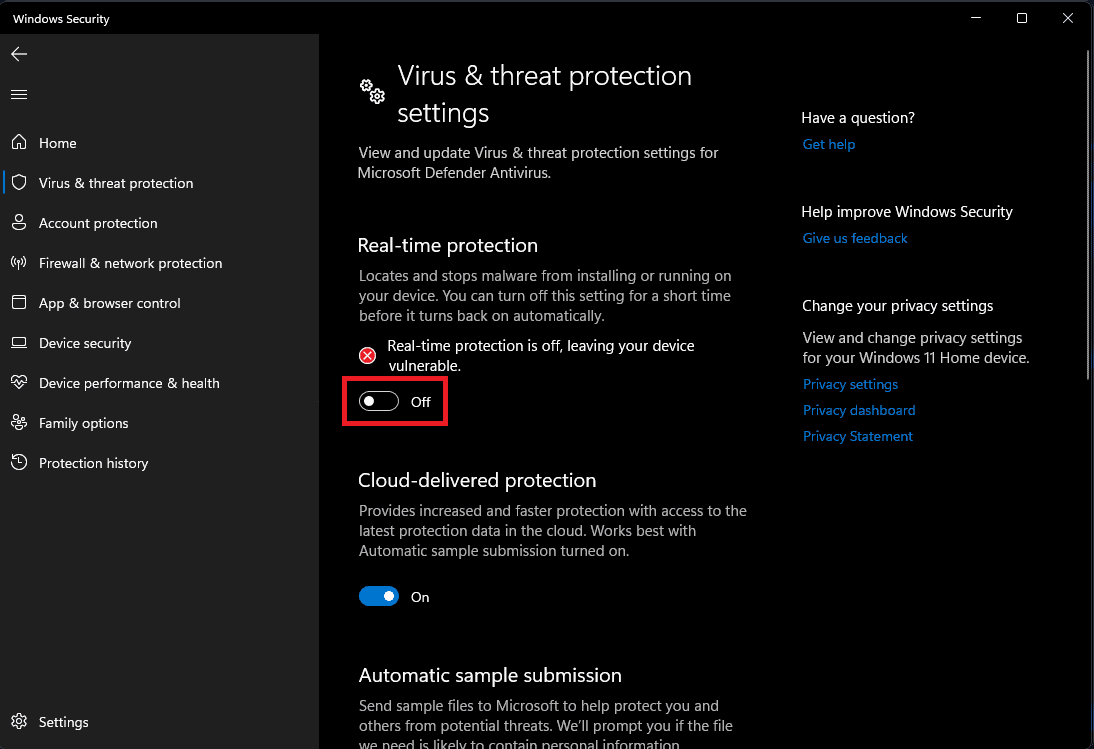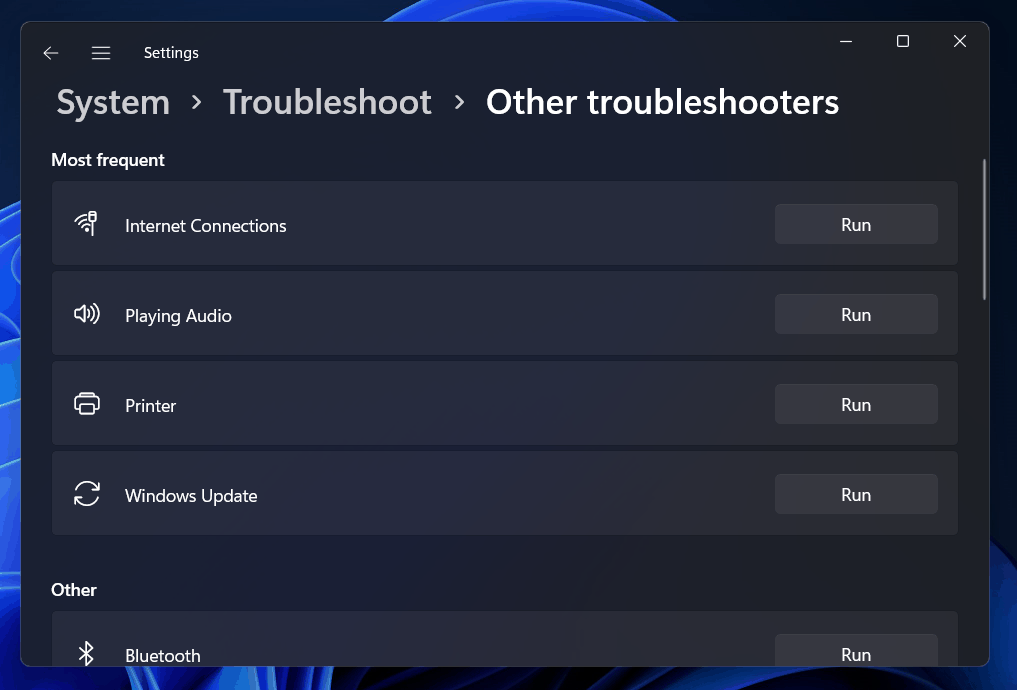- Windows 7 updates may run slowly, but if stuck, the issue can be resolved using Windows Update Standalone Installer.
- Users encountering the "Windows 7 Stuck on Checking for Updates" problem may face software conflicts, undisclosed issues, or errors from Microsoft during updates.
- Fixing the stuck update includes restarting the device, disabling antivirus, using the update troubleshooter, relaunching Windows Update service, resetting update components, changing DNS server settings, and installing Microsoft's official patch.
Windows 7 updates may appear stuck, but they may run exceptionally slowly. If yours is truly stuck, you can resolve the problem. Many users prefer Windows Update Standalone Installer to take care of system updates. Even though it isn’t completely offline, it is a reliable way to upgrade your system.
It seems that users are experiencing trouble with Windows 7, where they are getting the Windows 7 Stuck on checking for updates. But no worries! We have some fixes that will help you resolve if Windows 7 check for updates that never finishes. So, let’s get started with them.

What Are The Cause of Windows 7 Stuck on Checking for Updates?

There are several reasons why Windows updates can take a long time to complete or install. Most of the time, these types of issues occur because of a software conflict or because a pre-existing problem was not disclosed until the updates were applied.
It’s much less common for them to be caused by Microsoft’s mistakes regarding the update themselves, but it does happen.
Methods to Fix Windows 7 Stuck on Checking for Updates
To maintain smooth and well-protected PC performance, you need to keep your operating system updated. However, installing these updates may not be as easy as it seems. There are times when Windows updates become stuck for some users. Here are some methods you can try to fix Windows 7 check for updates that never finishes.
Restart Your Device
Using the reset button or the power button, restart your computer. The Windows 7 check for updates that never finish issue gets resolved once Windows starts normally. However, a hard reboot is your only option if Windows updated installation is frozen.
Once the computer has restarted, you should see the Advanced Boot Options or Startup Settings menu. Select Safe Mode if you are taken there automatically.
If another program or service is conflicting with one of the Windows updates, this diagnostic Mode of Windows only loads the minimum drivers and services that Windows absolutely needs.
In this case, you may restart Windows normally if the updates have been successfully installed and you have been brought into Safe Mode.
Disable The Antivirus

The most common reason for Windows updates not installing is that they are obstructing the installation process by viruses or spyware: harmful software such as these is often squashed by Windows security upgrades, which is why it attempts to prevent your PC from receiving the latest patches.
Virus protection software (you should have some installed) can perform a comprehensive virus scan for you. Using an on-demand scanner, such as this one from Microsoft, can help you determine if your antivirus software has been compromised.
Use The Troubleshooter For Update

In some instances, a stalled update can be resolved with the help of Windows’ built-in troubleshooter. Using the troubleshooter, you can:
- It terminates the Windows Update service.
- Renaming the C: WindowsSoftwareDistribution folder to C: WindowsSoftwareDistribution.old will delete the Windows Update download cache, making it possible for the process to be restarted.
- Microsoft Update Services are restarted.
This troubleshooter works on Windows 7, 8, and 10. You can find it in any version of Windows because it is always located at the same location.
- Click Start, search for troubleshooting, and then select the option.
- Therefore, go to the System and Security section of the Control Panel and click Fix difficulties with Windows Update.
- On the Windows Update troubleshooting window, click Advanced.
- In the advanced options, make sure the Apply repairs automatically checkbox is selected, and then click Run as administrator. This allows the program to delete download cache files.
When the troubleshooter is finished, it informs you if it detected and resolved the issue. Most of the time, the troubleshooter can effectively work and help users to resolve the Windows 7 check for updates that never finishes.
Relaunch The Windows Update Service

Installing Windows 7 from scratch requires extensive scanning of Windows Update for updates, which can take up to an hour. Even if your Windows 7 system has been installed for quite some time, you might not have checked for updates in a while.
Earlier this week, Microsoft published formal advice for resolving this problem. It is recommended that you install the most recent Windows Update updates to reduce the chance of problems, such as Windows 7 check for updates that never finishes.
- The first step is to launch Windows Update. Then click Control Panel > System and Security > Windows Update. Choose Change Settings from the sidebar. Choose Never Check For Updates (Not Recommended) from the selection box, and then click OK.
- Restart your computer after you have changed this setting.
It is necessary to manually download and install two Windows 7 updates after restarting the computer. In order to download the appropriate updates for your computer, you must first determine whether you’re running a 32-bit or 64-bit version of Windows.
Update Components Should Be Reset
Using this method, it is necessary to restart BITS, Cryptographic, MSI Installer, and Windows Update Services and rename SoftwareDistribution and Catroot2 directories.
Press the X key + Windows key. Choose Command Prompt (Admin). Enter these commands one by one:-
net stop wuauserv net stop cryptSvc net stop bits net stop msiserver ren C:\Windows\SoftwareDistribution SoftwareDistribution.old ren C:\Windows\System32\catroot2 Catroot2.old net start wuauserv net start cryptSvc net start bits
Changing DNS Server Configuration
It is also possible to resolve the Windows Update issue by changing the DNS server settings. In the following steps, we will explain how to update the DNS server settings.
- Initially, press the Windows key + R to open the Run box and type ncpa.cpl, then press Enter.
- To make changes to a connection, right-click it and select Properties.
- Click the Networking tab if it hasn’t already been selected.
- Select TCP/IP Version 4 or IP Version 6 (TCP/IPv6).
- Click on Properties.
- Go to the Advanced menu.

- Click on DNS.
- You should choose the DNS entry in the section DNS server address. If you want to refer to them in the future, make a note of them.
- Click Delete to delete the previous DNS entry, then click Add to add a new one.
- Now, enter DNS value: 8.8.8.8 or 8.8.4.4 for IPv4 and 2001:4860:4860:8844 or 2001:4860:4860:8844 for IPv6. Then, click Add and then Ok.

In order to find out if the Windows 7 check for updates that never finishes problem is resolved, check for Windows updates. Reverting to the old DNS settings, even if the problem persists, is as simple as repeating the steps given above with the old DNS values.
Install The Microsoft Official Patch
Microsoft has officially released fixes for previous versions of Windows that address this problem. It is your responsibility to install them. This should resolve the issue.
- To begin, download and install Windows 7 Service Pack 1 and Windows Server 2008 R2. It improves the reliability of your computer when you install the initial update. Secondly, there is virtualization for high-end systems. In Windows, right-click the machine and select properties to verify. If SP1 is listed under the Windows edition, it is installed.
- So, download the file and run it.
- Once it gets installed, restart your computer.
Final Words
So, that’s how you can easily resolve the Windows 7 check for updates that never finishes issue. We hope that you find this article helpful. Meanwhile, for more info, comment below and let our team know.
RELATED GUIDES:

